
Blog
Sharing our intimate insights on Education, Computational Thinking and Technology
Welcome to our blog, where we delve into the realms of education, coding, and technology. We aim to empower parents and students by providing valuable insights, tutorials, and resources. From unraveling the mysteries of coding to exploring its endless possibilities, we believe that coding is not just a skill but a mindset that nurtures problem-solving, creativity, and resilience. Join us on this exciting journey as we shape the next generation of digital pioneers, preparing them to thrive in the ever-evolving digital age.

#CodingLabParenting: Overcoming Obstacles with a Growth Mindset!
Fear of failure often overshadows student success.
A 2019 study by the Programme for International Student Assessment found that 72% of Singaporean students feared being judged for their failures, leading to stress and anxiety. In 2023, the National University of Singapore reported that one in three students experienced mental health symptoms due to academic pressure.
As parents, how can we help our children reach their full potential while maintaining their well-being?
At Coding Lab, we believe in nurturing a growth mindset. It not only enhances coding skills but also builds confidence and resilience in learning. Here are four ways parents can foster this mindset in their children!

AI Demystified: How It Works and Why It Matters for the Future
The topic of Artificial Intelligence (AI) has seeped into our everyday conversations with relatives, friends, and co-workers. Despite being around for decades, it’s only recently with the release of ChatGPT has the sheer potential of AI become so apparent and accessible to the general public. It’s shaping up to be the next big global revolution in technology, much like the internet or the smartphone before it.
Funnily enough, similar to the internet or the smartphone, much of the general public doesn’t understand how an AI actually works - we just simply accept that it does! Let’s dive into demystifying AI in this blog.
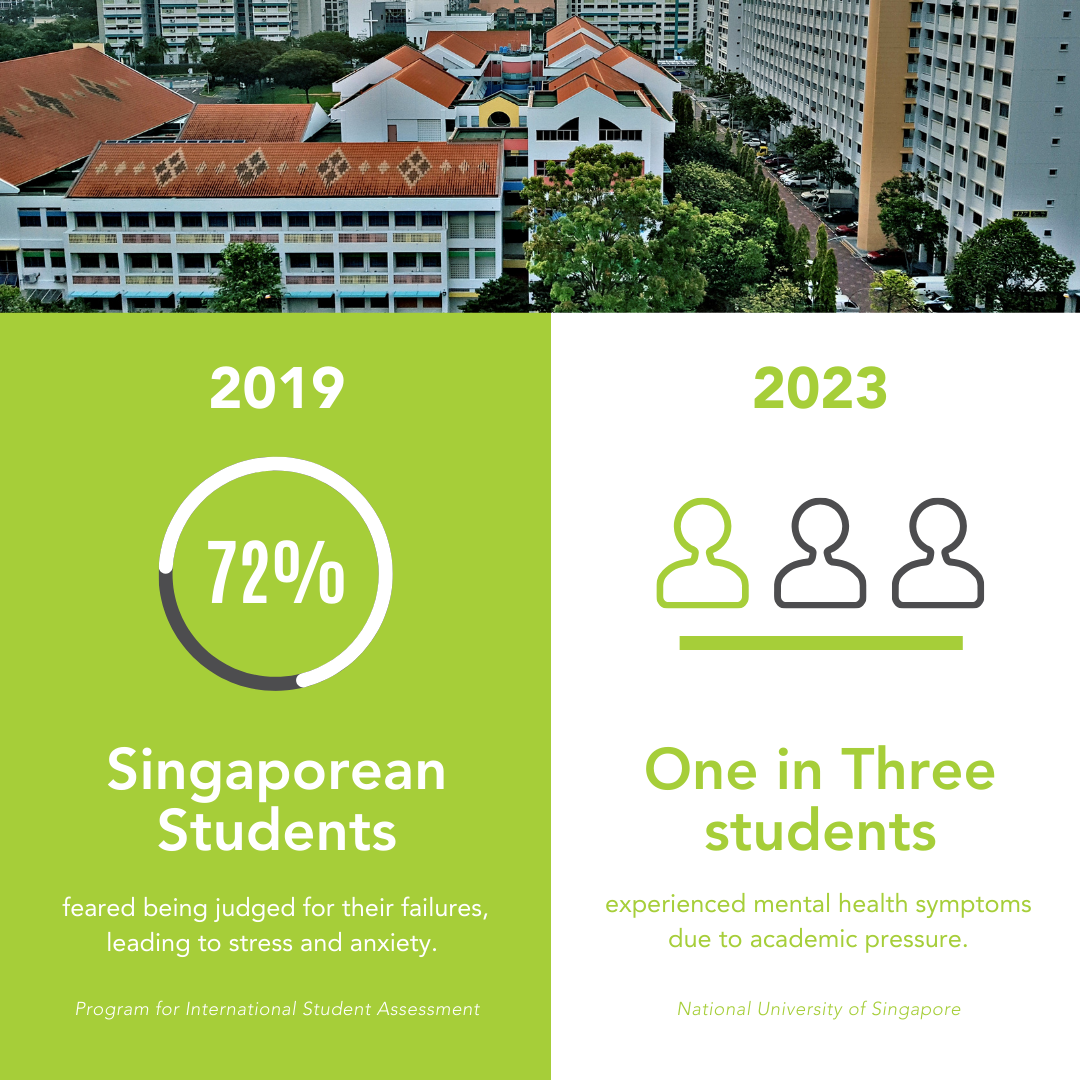
#CodingLabParenting: Prepare Your Child for an Interdisciplinary Future
Interdisciplinary appears to be the new buzzword for both local and global universities! As seen below, students with creativity and diverse, holistic perspectives are in demand for today’s top schools.
As the boundaries between the humanities and sciences become increasingly blurred, it is essential to equip your child with interdisciplinary learning skills. Blending scientific and humanistic approaches allows our kids to tackle any challenge. Furthermore, interdisciplinary learning empowers children to forge their own educational journeys by exploring the fundamental principles of each discipline. (Source)
Read on for four effective ways to prepare your child for success in this interdisciplinary future!

Coding Lab Educator Feature: Interview with Jeslyn Goh
Meet Jeslyn, an educator who blends her expertise in computer science and UX design to inspire young minds at Coding Lab!
With a background in front-end development and a passion for teaching, Jeslyn has found a way to not only share her coding knowledge but also encourage creativity and problem-solving in her students.
In this feature, Jeslyn shares insights from her teaching journey, the lessons that shape her approach, and what excites her about the future of coding education. Read on to learn more about Jeslyn’s path to becoming an educator and the passion she brings to the classroom!
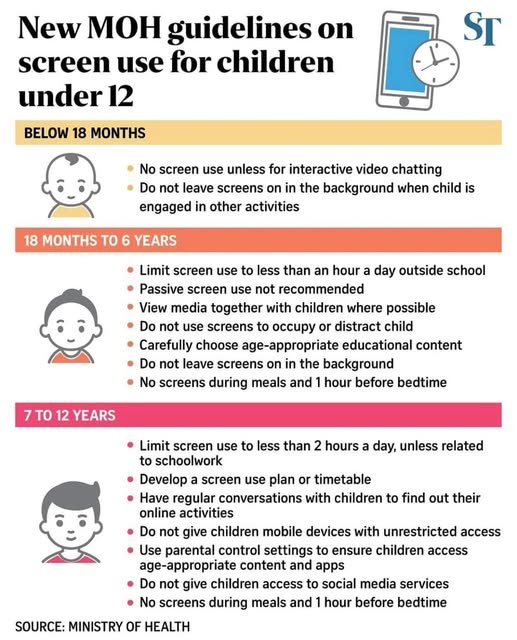
MOH’s New Screen Time Guidelines: What Every Parent Needs to Know!
Managing children’s screen time has become imperative for all parents in today's digital world.
At Coding Lab, we too, firmly believe that screen time should be managed thoughtfully.
The latest Ministry of Health (MOH) guidelines (2025) provide clearer recommendations to help families navigate device use in a healthy and productive way.
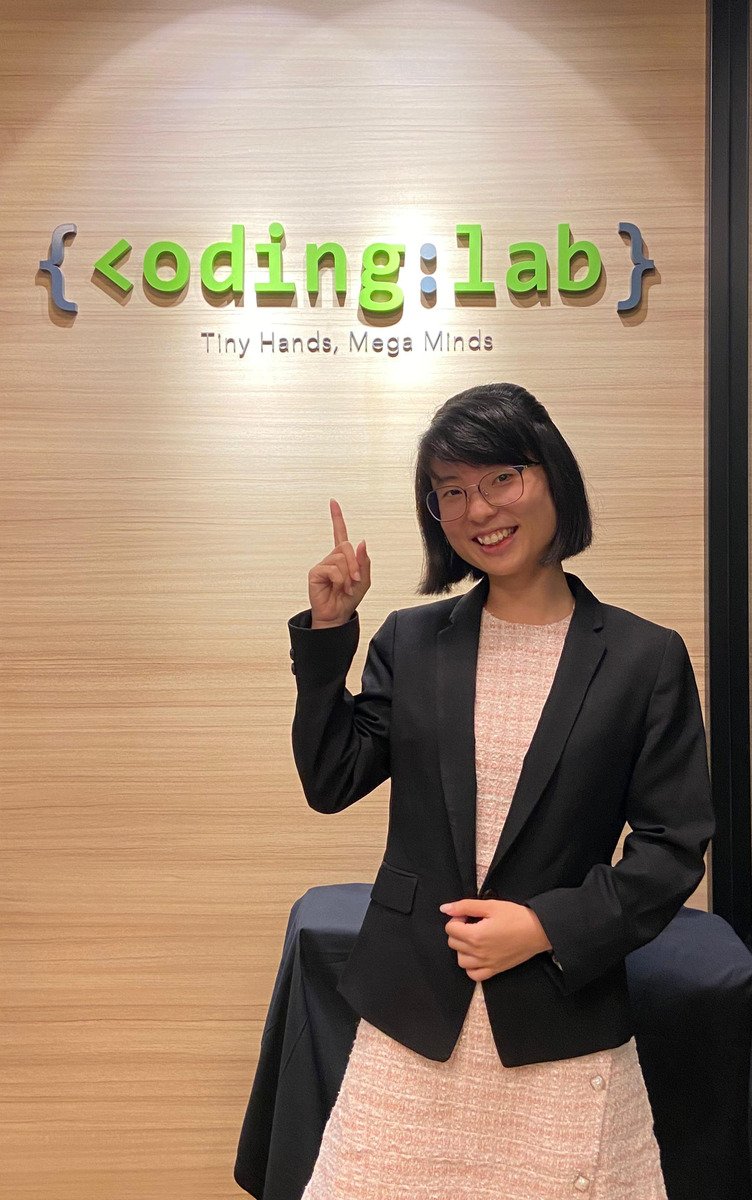
From Student to Mentor: Interview with Chen Xin
From learning her first line of Python code at Coding Lab to becoming a teaching assistant in the very classroom where her coding journey began, Chen Xin’s story is one of full-circle inspiration. 🚀✨
Her journey started with a spark of curiosity in coding that grew into a passion, leading her to pursue a degree in Business Analytics at NUS. Now, she’s back where it all began, empowering the next generation of coders to dream big and take their first steps into the world of tech.
Join us as we delve into Chen Xin’s inspiring journey from student to teacher and how she’s paving the way for others to explore the endless possibilities of coding. 🌟💻
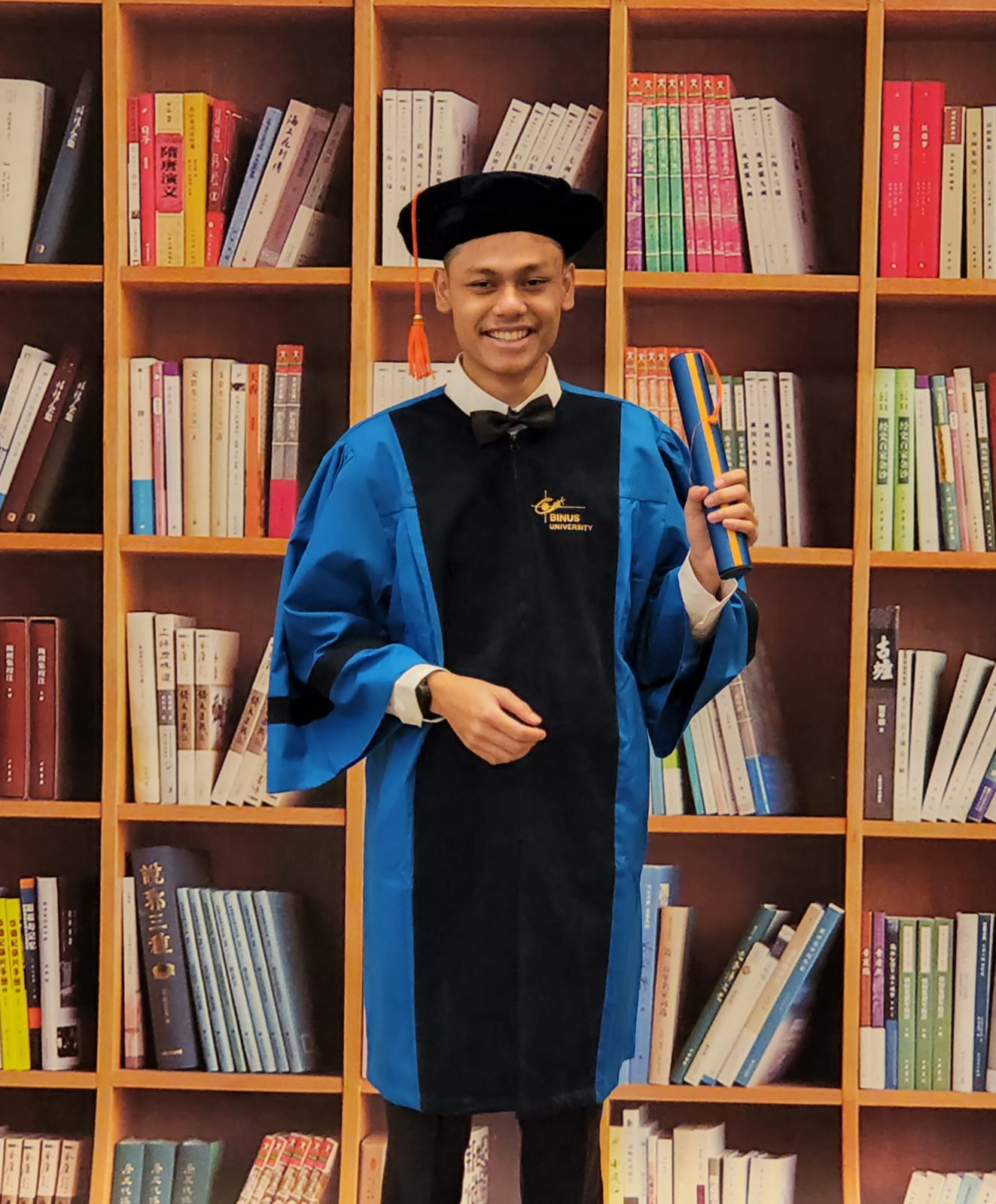
Coding Lab Educator Feature: Interview with Akhta
Today, meet Akhta, our passionate educator! Having studied Computer Science in university, he has deepened his knowledge across areas such as algorithms, data structures, object-oriented programming, and game design.
How has Akhta made use of his extensive programming knowledge to inspire our students to innovate and create meaningful solutions in the digital world? Let’s find out!
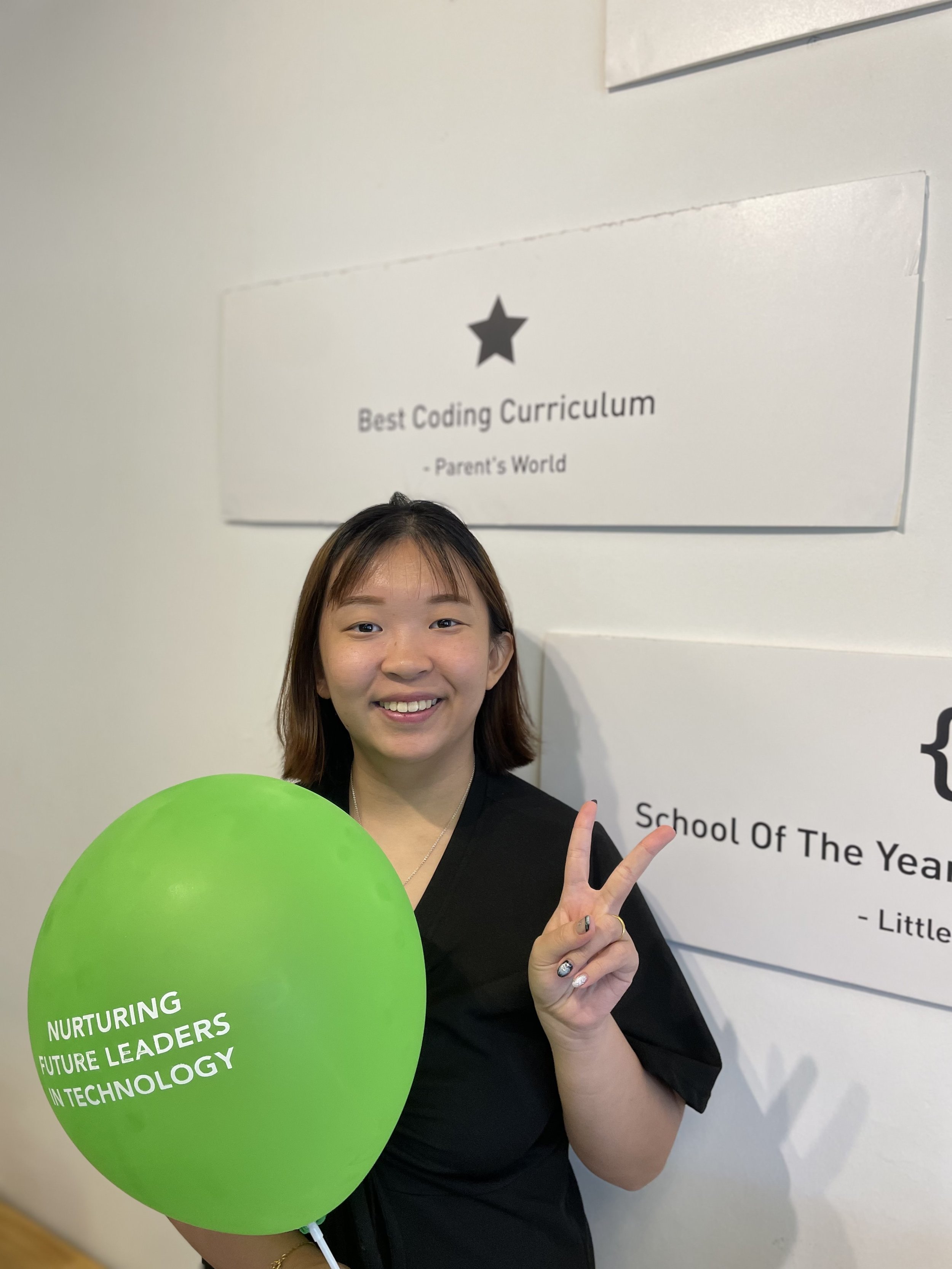
Coding Lab Educator Feature: Interview with Jessie
Meet our wonderful educator Jessie! A graduate from the NUS Material Science and Engineering course, Jessie was fuelled by her passion for creation and discovery and made the leap into programming - today, she is one of our proactive and nurturing educators at Coding Lab.
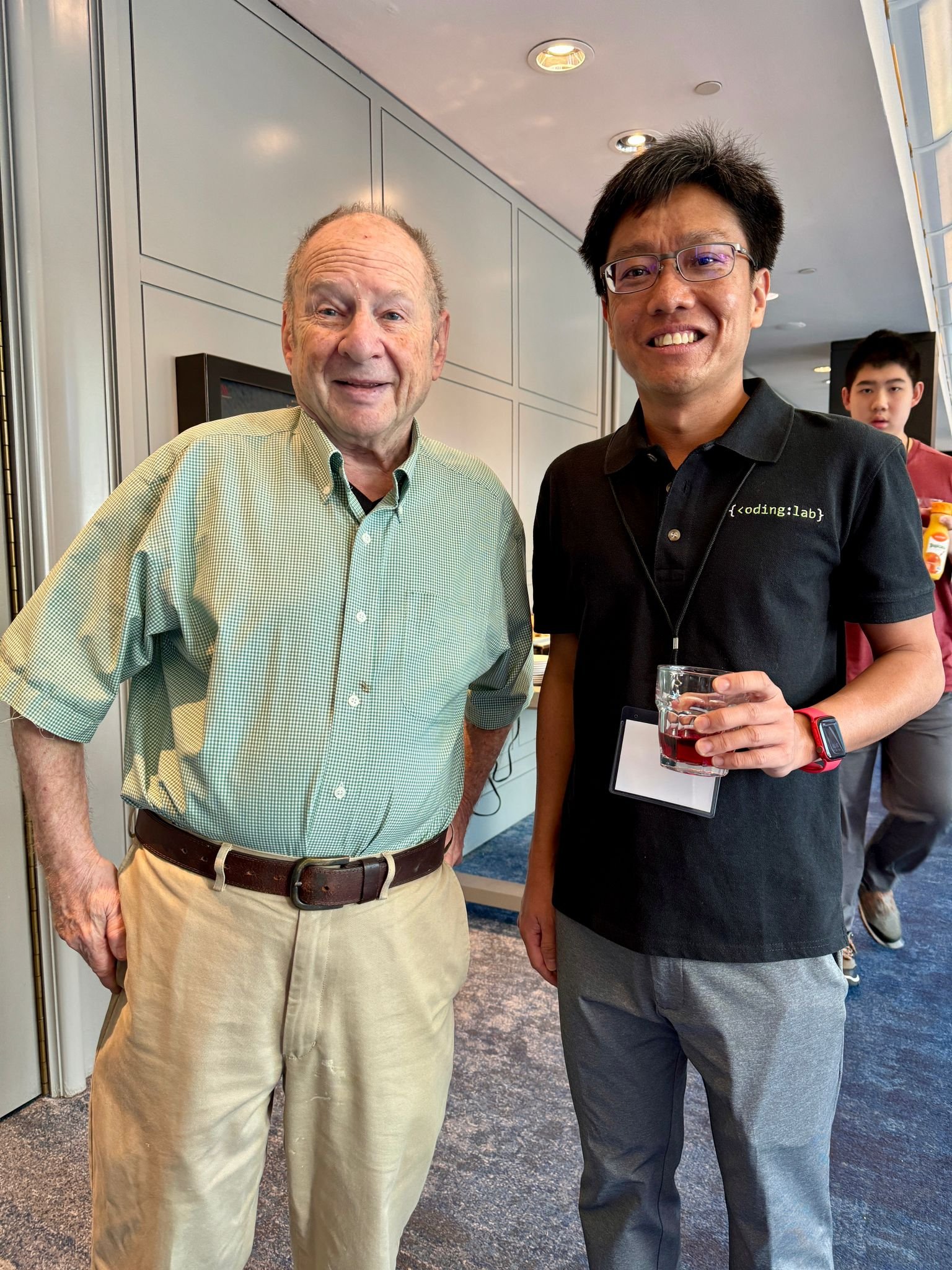
From Singapore to MIT: How Coding Lab Students Achieved Global Success
At the end of July 2024, Coding Lab was proud to announce that our brilliant #CodingLabStudents clinched the top prizes in various categories at the prestigious 2024 MIT AI & Education Summit! We had the chance to meet various experts at MIT, such as Professor Hal Abelson, and our co-founder, Yong Ning Foo, as well as our team, gained various insights from them.
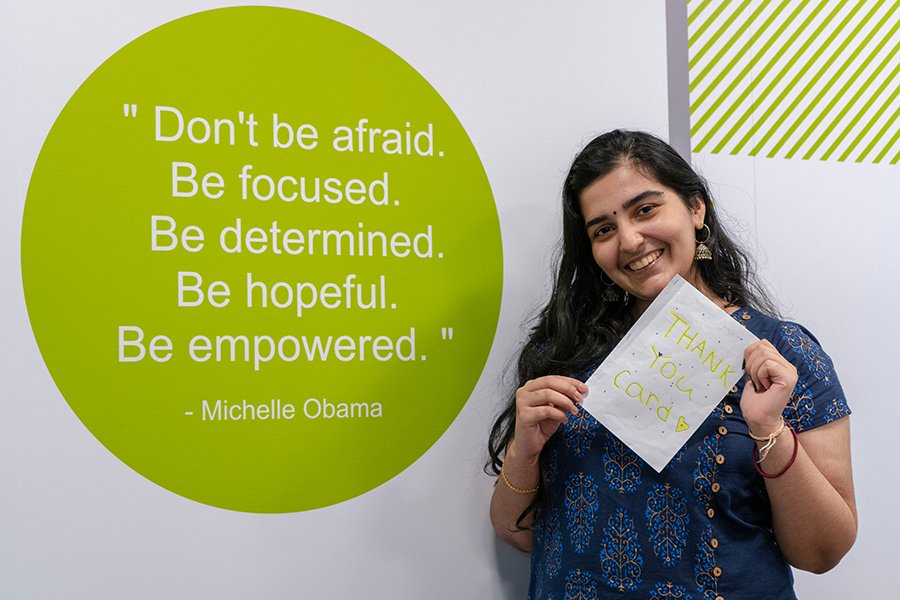
Coding Lab Educator Feature: Interview with Lakshmi
Today, we get to know our educator, Lakshmi!
With a love for working with people, Lakshmi’s foray into the tech industry to empower and educate her students definitely makes for an interesting story. Find out more about the fun that Lakshmi brings to the classroom at Coding Lab!
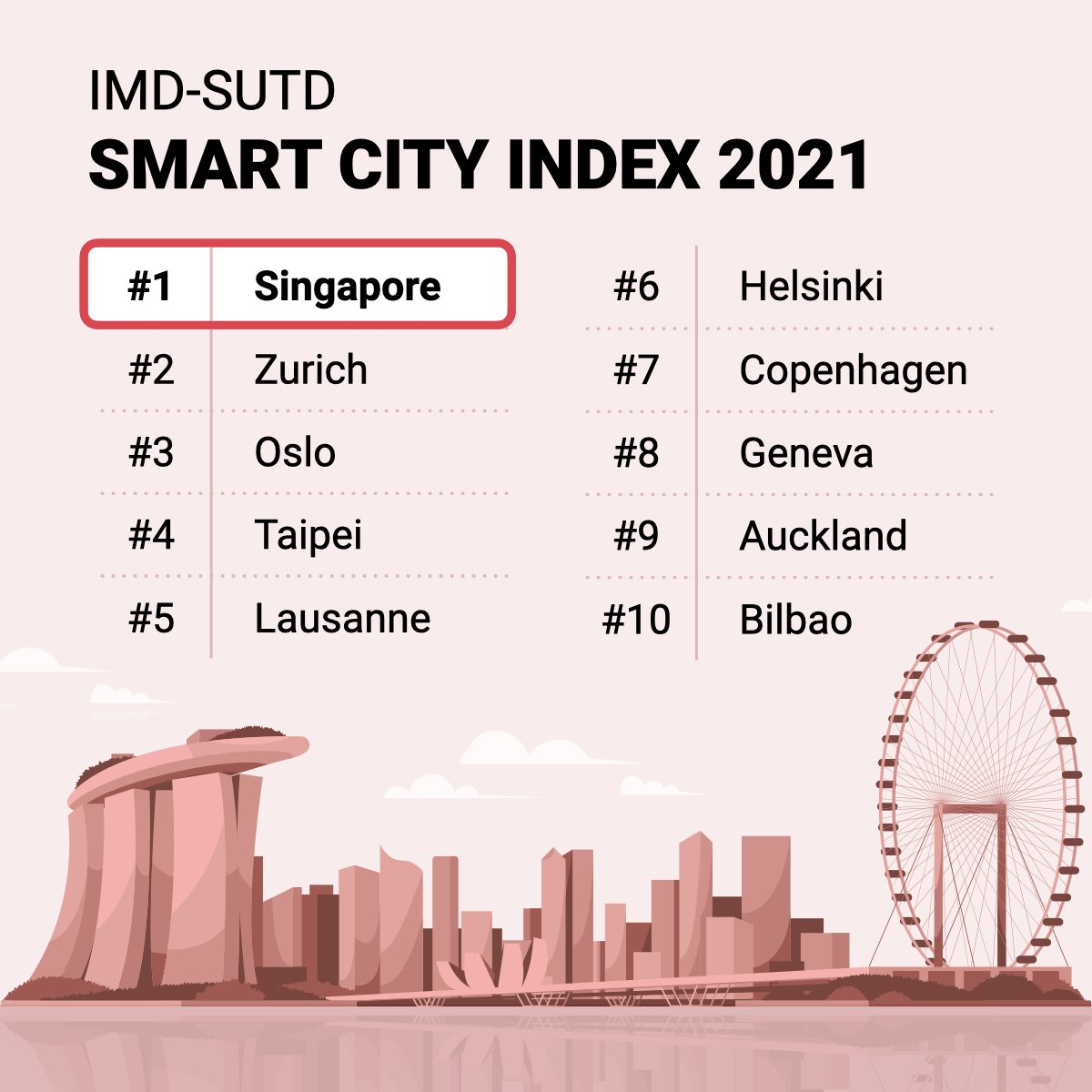
#CodingLabParenting: How To Choose A Good Coding School
Singapore is increasingly embracing coding and programming in recent years, with the government pushing for a #SmartNation where the society, economy and government will become increasingly digitalised.
Understandably, interest in learning to code has increased more than five-fold over the past 3 years and parents are looking for good quality courses for their child. How does this translate to our work with students? Here at Coding Lab, we’re parents too. And we know what we want not only for our own kids, but for every single child that steps through our glass doors.
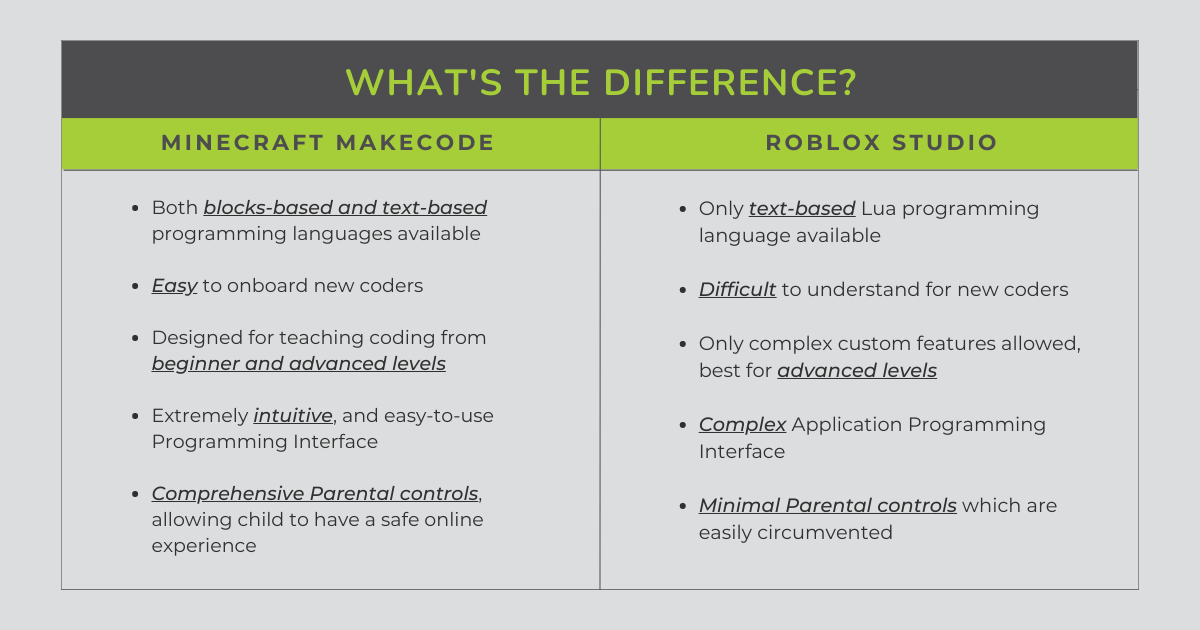
Why we teach Minecraft (and not Roblox)
Games have been at the forefront of entertainment for all ages and have never been more accessible.
The two most popular games on our kids’ minds are Minecraft and Roblox. By the age of 7, many of our Students will have heard about these games through their friends or YouTube channels. As a result, many parents have approached Coding Lab, inquiring about the presence of either a Minecraft or Roblox curriculum where the students can be guided into their foray into online games and at the same time, learn programming.
We sat down with our Educator and Assistant Curriculum Team Lead, Hovan Tan, to ask him his thoughts on what platforms are suitable for our children, and how we came to the decision to develop and launch our special Minecraft Code Your World curriculum, instead of other platforms. Let’s hear from Teacher Hovan! 👏

Coding Lab Educator Feature: Interview with Stephanie Swee
One of our most beloved educators, Stephanie Swee charms her class with her unique personality and background in Cyber Security!
A board game aficionado with past work experience in the IT industry, she aspires to bring the same level of enthusiasm to her classroom and pass on her passion for coding to her students. Travel with us through her journey into becoming a Coding Lab Educator! 😄

Coding Lab Educator Feature: Interview with Yin Xuan Tan
Today, we will get to know one of our most passionate and dedicated educators, Tan Yin Xuan!
With a love for working and teaching people, Yin Xuan’s foray into the tech industry to empower and educate her students definitely makes for an interesting story! Find out more about why she brings a unique perspective to her classroom!
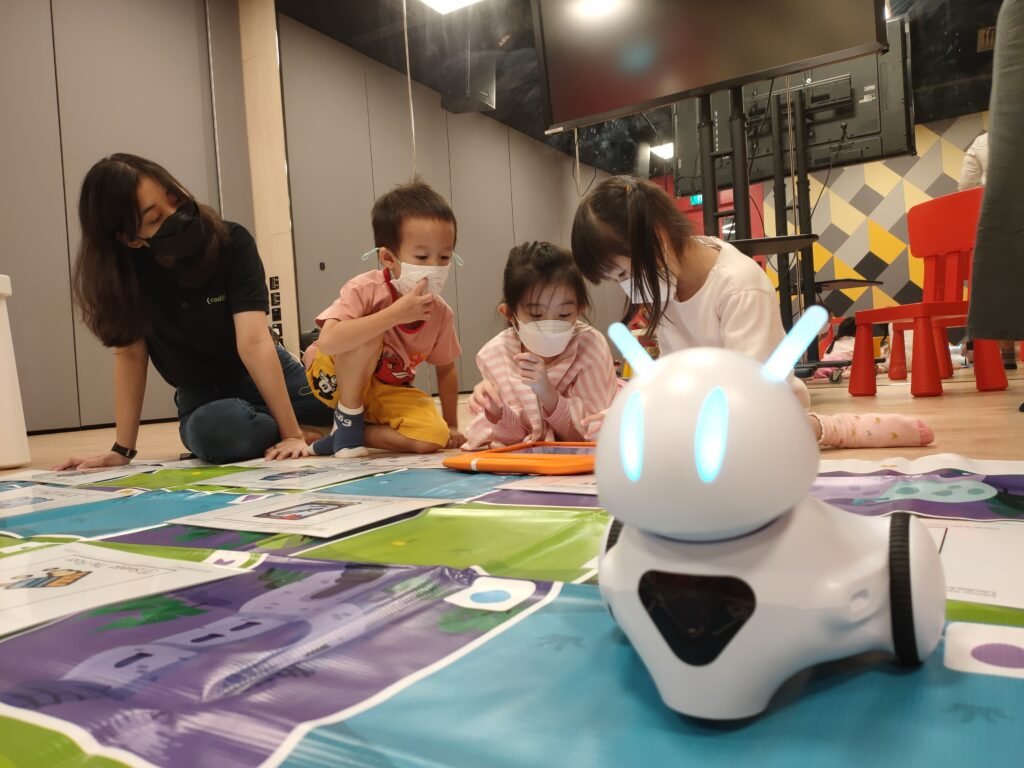
A Peek Into Our Course: Junior Coders Programme - Coding, Robotics, Montessori Learning and Tinkering with STEM
Giving their child the best of everything is what every parent wants. Starting off on a good note in their learning journey is extremely crucial for our young ones, especially for coding. The earlier you get a head start, the easier it is to grasp and understand the concepts!
With an award-winning curriculum inspired by MIT, our Junior Coders Programme (JCP) is specially designed for little ones aged 5 to 6 to be introduced to the wonderful world of coding! They will learn computational thinking skills, which are applicable to both coding and other areas like Mathematics!

Coding Lab Educator Feature: Interview with Rachel Chong
Rachel is our nurturing and patient educator. With her enduring passion for teaching and guiding young students along the path to coding literacy, our Educator Rachel is here to share about her teaching experience with Coding Lab.
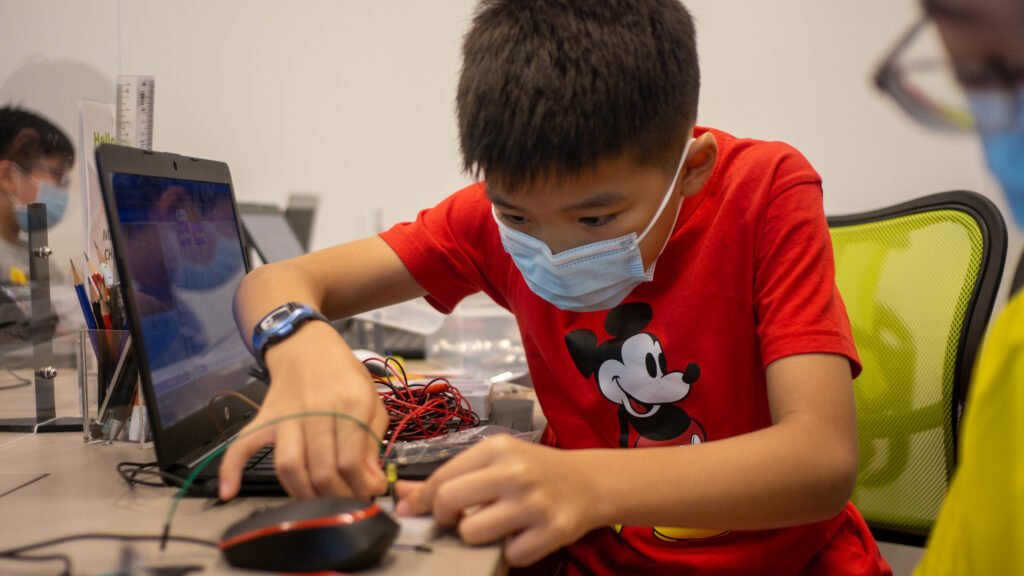
A Peek Into Our Course: Advanced Computer Scientists (P21S) – Broad-Based Exposure to STEM Topics
Have you ever wondered what goes on in our Advanced Computer Scientists (ACS) classes? Every lesson is an exciting adventure with our passionate educators that will take our students to the next level of programming - all while having fun exploring - and experiencing a wide range of Science, Technology, Engineering and Mathematics (STEM) related topics!

Coding Lab Educator Feature: Interview with Ryan Wong
Meet Ryan, our upbeat and passionate educator, who brings a wealth of experience to his classes from his time teaching overseas to his impressive work at the Defence Science and Technology Agency (DSTA) and Ministry of Defence (MINDEF). With a knack for breaking down complex coding concepts, he aspires to inculcate an exploratory and forward-thinking attitude in our students so that each child will be prepared for the digital world ahead!

Fun Techtivities in May!
With the major easing of Covid-19 rules, we're looking forward to even more fun techtivities that we can have in May! Whether you're enjoying as a family or for your tiny techie to have a blast, do remember to keep all masks on indoors.
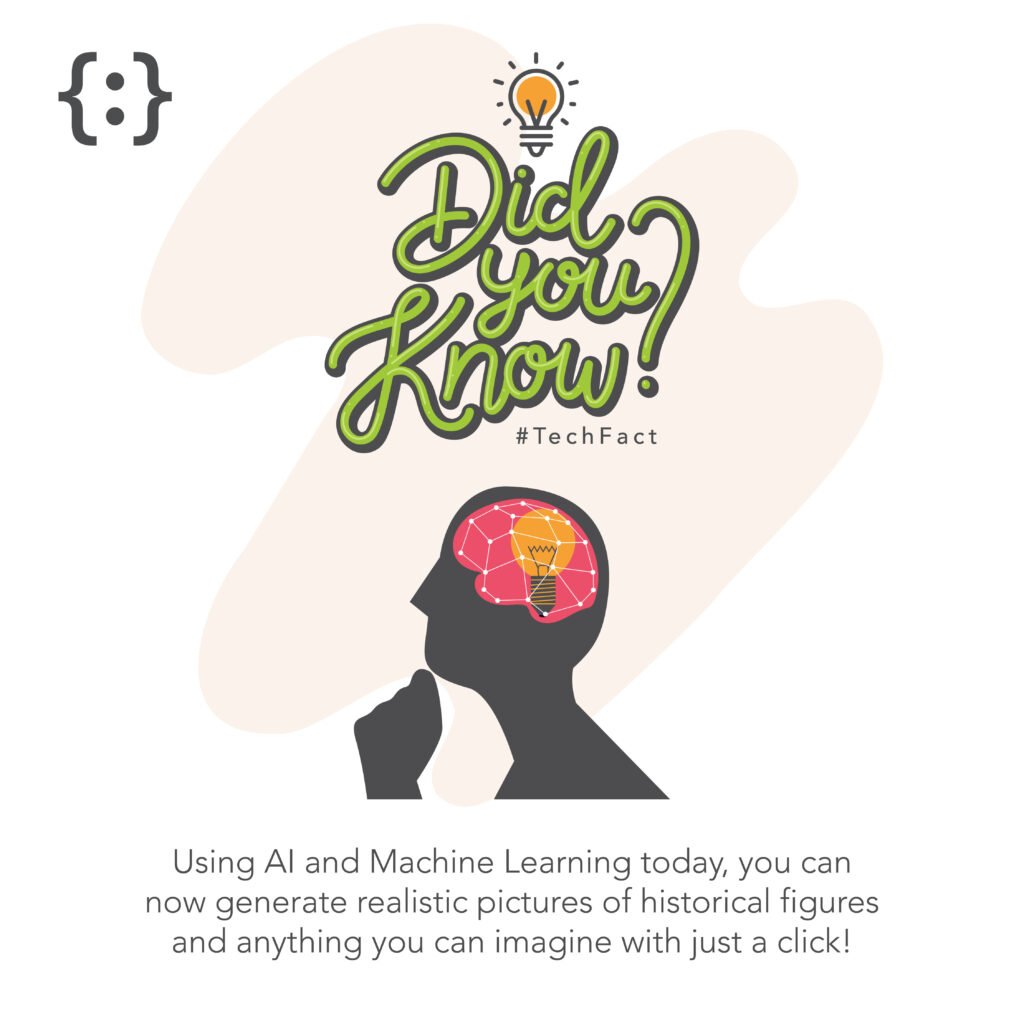
Fun Techtivities in April!
Whether you’re having your Easter Holidays or it’s back-to-school, here are more fun techvities to mark in your calendar this month, especially with the easing of safe management measures!
